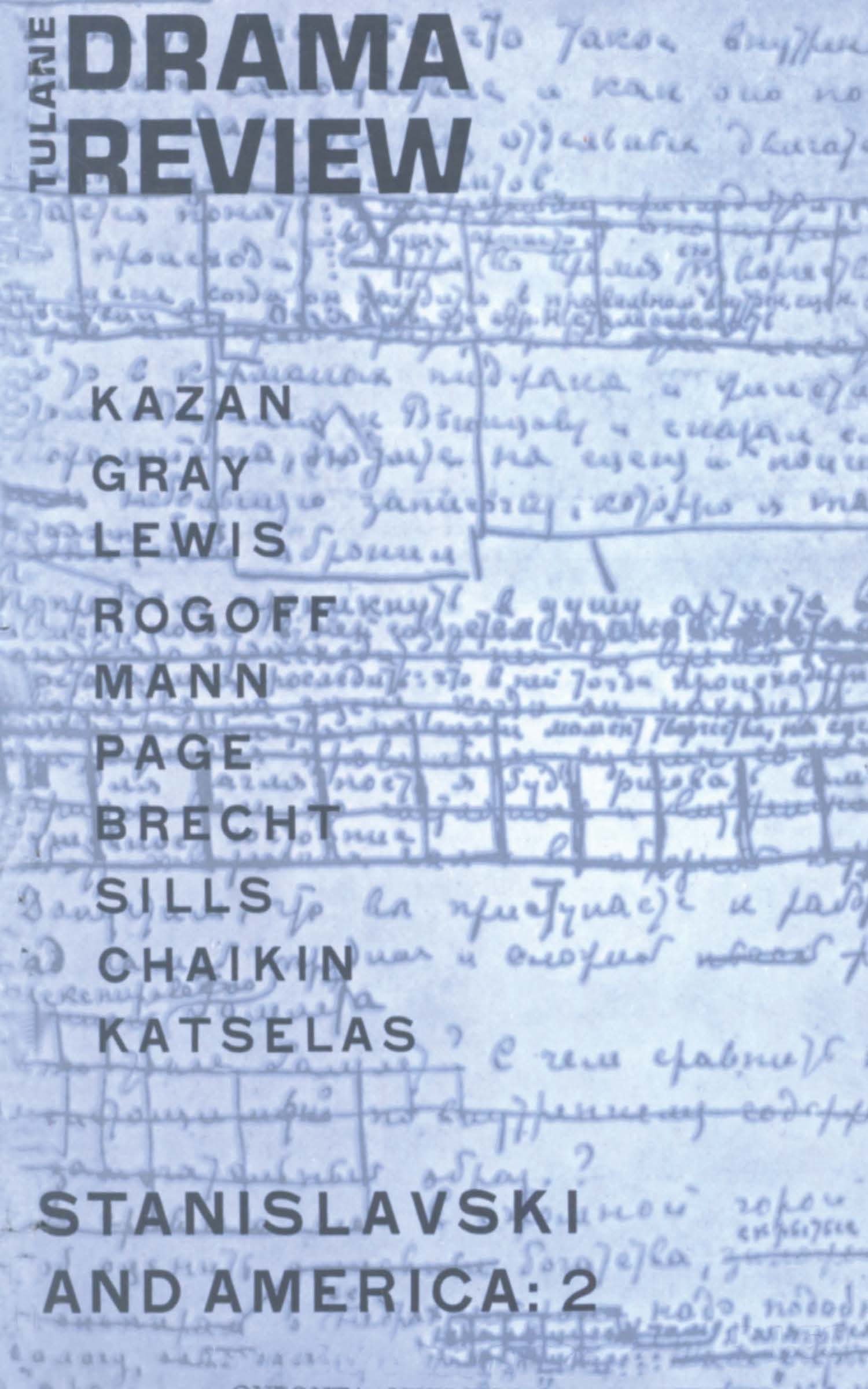No CrossRef data available.
Article contents
On the Newness of the New Drama
Published online by Cambridge University Press: 14 February 2022
Extract
“Even shapes and colours acquire their meaning only in cultural contexts. The less we know of this context the more we are forced to dream it up.”
E. H. GombrichIt is a commonplace truth that irresponsible artists dream up contexts for fictions set in the past, but it is harder to realize that only the best artist, gifted with the Shavian power to “imagine things as they really are” can conjure up an adequate vision of the context of our present lives. Moreover, imaginative concentration on context or situation in the new drama is, paradoxically, a result of a deep wish to restore reverence for human character. This essay will repeatedly address this paradox as we try to isolate our period style. In drama as in other things, not everything is possible in every period.
- Type
- Research Article
- Information
- Copyright
- Copyright © 1962 The Tulane Drama Review
References
Endnote: I have found especially useful in making this study Martin Esslin, “The Theatre of the Absurd” and Adolf Klarmann, “Friedrich Duerrenmatt and the Tragic Sense of Comedy,” both in TDR, IV (May, 1960), and E. H. Gombrich, “Andre Malraux and the Crisis of Expressionism,” Burlington Magazine, XCVI (Dec, 1954). An earlier phase of the argument is developed in, R. J. Kaufmann, “On the Supersession of the Modern Classic Style,” Modern Drama, II (Feb., 1960).


